1. Roswell, New Mexico
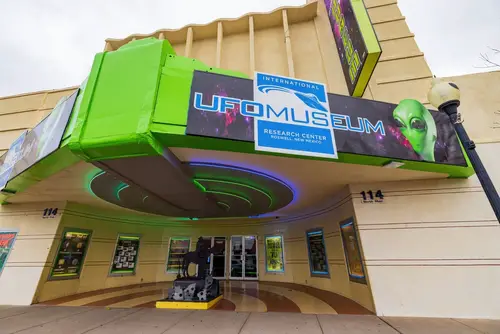
Roswell was just another quiet desert town until 1947, when a mysterious crash turned it into the UFO capital of the world. Locals first thought it was a weather balloon, but rumors of aliens spread quickly and never let go. Suddenly, the sleepy ranching town was synonymous with flying saucers. Today, it thrives on that accidental fame with alien-themed festivals and museums.
What’s funny is that Roswell didn’t ask for any of this—it simply happened. The U.S. military’s vague explanations only fueled curiosity. Over time, pop culture cemented Roswell as ground zero for extraterrestrial fascination. Whether or not aliens really landed, the town can thank one crash for its global reputation.
2. Salem, Massachusetts
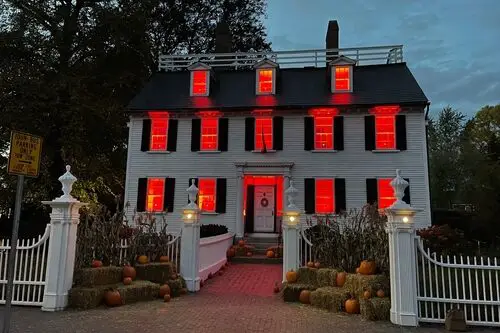
Salem was a typical Puritan settlement until 1692, when fear and hysteria over witchcraft tore it apart. The infamous Salem Witch Trials led to the execution of 20 people and left a permanent mark on American history. The trials were tragic, but they made Salem a symbol of mass paranoia and injustice. Now, the city has embraced its reputation with witch-themed tours and Halloween events.
In reality, Salem never intended to become the “Witch City.” Its notoriety was born out of a dark chapter that residents might have preferred to forget. But over the centuries, the story proved irresistible to writers, historians, and tourists. Salem is now a place where history and folklore collide in ways nobody planned.
3. Centralia, Pennsylvania
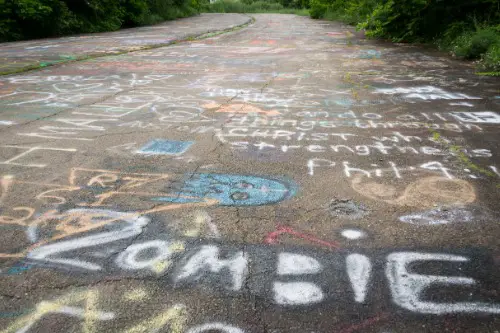
Centralia was a modest coal-mining town until 1962, when an underground fire accidentally ignited in an abandoned mine. The fire spread beneath the town and proved impossible to extinguish. Toxic gases and sinkholes made it unsafe, forcing nearly all residents to relocate. What’s left today is a ghost town with smoke still seeping from the earth.
Centralia didn’t set out to become famous—it became a cautionary tale. The disaster was so unusual that it captured national attention. Even video games and movies have used its eerie landscape as inspiration. From bustling town to haunting ruin, Centralia’s fame is all about what went wrong.
4. Times Square, New York City
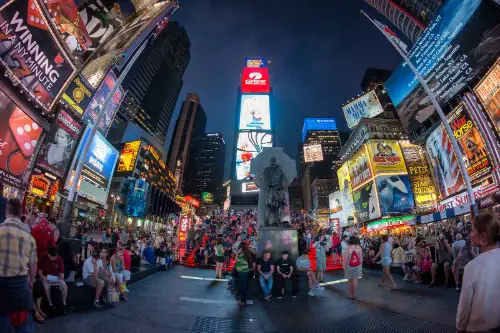
Times Square wasn’t designed to be the “Crossroads of the World.” It was just another intersection until The New York Times built its headquarters there in 1904. To celebrate, the paper started a New Year’s Eve fireworks show that later evolved into the iconic ball drop. From then on, the square’s reputation snowballed into something massive.
The area grew into a symbol of Broadway, neon lights, and over-the-top advertising. It wasn’t some grand city plan—it was a coincidence of location and spectacle. Tourists now flock there, even though New Yorkers often avoid it. Times Square is famous simply because one newspaper wanted to make a splash.
5. Hollywood Sign, Los Angeles
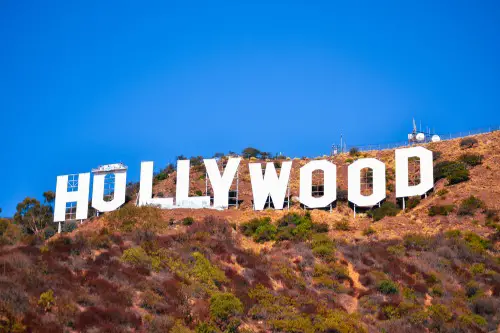
The Hollywood Sign began as a temporary advertisement for a real estate development called “Hollywoodland” in 1923. No one thought the 50-foot letters would outlast the housing promotion. But the sign quickly became tied to the booming film industry nearby. Before long, it symbolized all of Hollywood’s glitz and ambition.
Ironically, the sign wasn’t even meant to last beyond a year and a half. Over time, it deteriorated and was nearly torn down. Celebrities and residents rallied to preserve it, realizing its accidental importance. Today, it’s one of the most recognized landmarks in the world.
6. Wall Drug, South Dakota
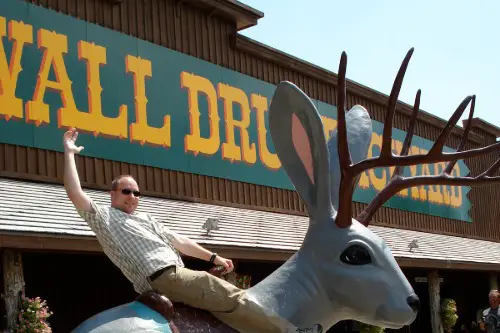
Wall Drug started as a struggling pharmacy in the tiny town of Wall during the 1930s. To attract travelers, the owners offered free ice water to anyone passing by. The gimmick worked better than they imagined, turning the drugstore into a roadside sensation. Soon, the store expanded into a sprawling tourist attraction.
Nobody could have predicted that a small-town drugstore would become an international draw. Billboards for Wall Drug appeared across the country, some even overseas. It became a symbol of quirky roadside Americana. All from the simple promise of free water in the middle of nowhere.
7. Cadillac Ranch, Texas
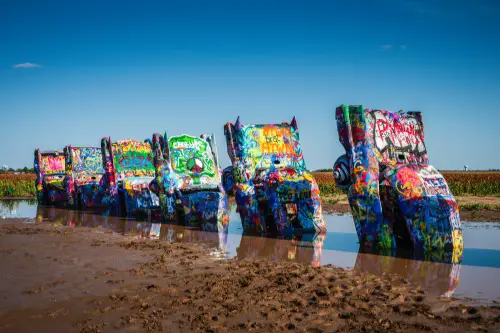
In 1974, a group of artists planted ten Cadillacs nose-first into a field outside Amarillo. It was meant as an art installation, not a landmark. But drivers along Route 66 couldn’t resist stopping to take photos. Over time, it became one of the most recognizable roadside attractions in America.
The cars weren’t supposed to stay pristine—visitors were encouraged to spray paint them. This only added to the site’s mystique and evolving look. What began as a quirky art project turned into a cultural icon. Cadillac Ranch proved that accidents can come from creativity as much as history.
8. Mall of America, Minnesota
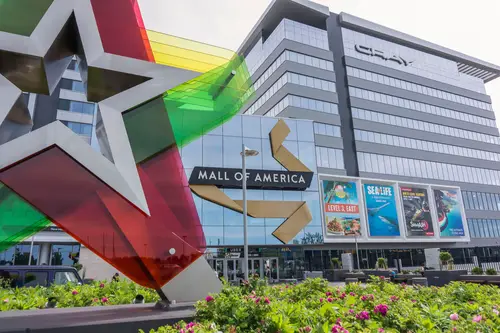
When developers built the Mall of America in 1992, they wanted it to be big—but they didn’t expect it to become a global sensation. At 5.6 million square feet, it was the largest shopping mall in the United States. The size alone drew attention, but its indoor amusement park set it apart. Tourists began visiting from all over the world, not just the Midwest.
The mall’s fame was less about retail and more about spectacle. People didn’t come just to shop—they came for the experience. Roller coasters, aquariums, and endless dining made it feel like a theme park. What was supposed to be a regional mall became a destination in its own right.
9. Corn Palace, South Dakota
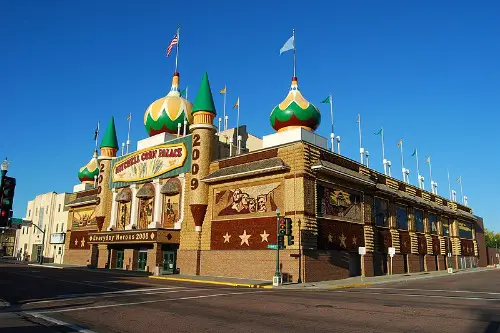
Mitchell, South Dakota built the Corn Palace in 1892 as a way to showcase local crops. The idea was to promote farming in the region by decorating a building entirely with corn. What started as a community event snowballed into a nationally known attraction. Now, the palace is redecorated every year with new corn murals.
It’s not exactly what the town planned—it was supposed to be more practical than famous. But tourists were fascinated by the unusual design. Today, the Corn Palace hosts concerts, basketball games, and festivals. All because a small town wanted to show off its harvest.
10. Plymouth Rock, Massachusetts
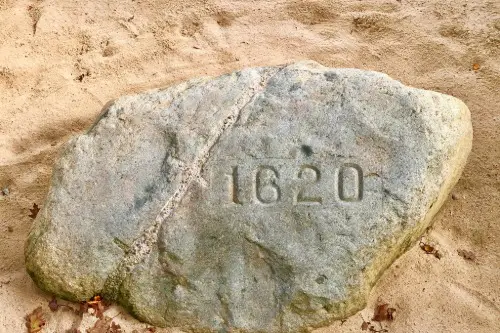
Plymouth Rock wasn’t considered important until more than a century after the Pilgrims landed in 1620. In fact, there’s no evidence they even stepped on it. But in the 1700s, townspeople claimed it was the site of their arrival. The story stuck, and the rock became a national symbol.
Ironically, Plymouth Rock became famous mostly because it was convenient. People needed a physical landmark to represent the founding myth of America. Even though historians doubt its authenticity, it draws thousands of visitors each year. It’s fame by pure historical accident.
11. Route 66
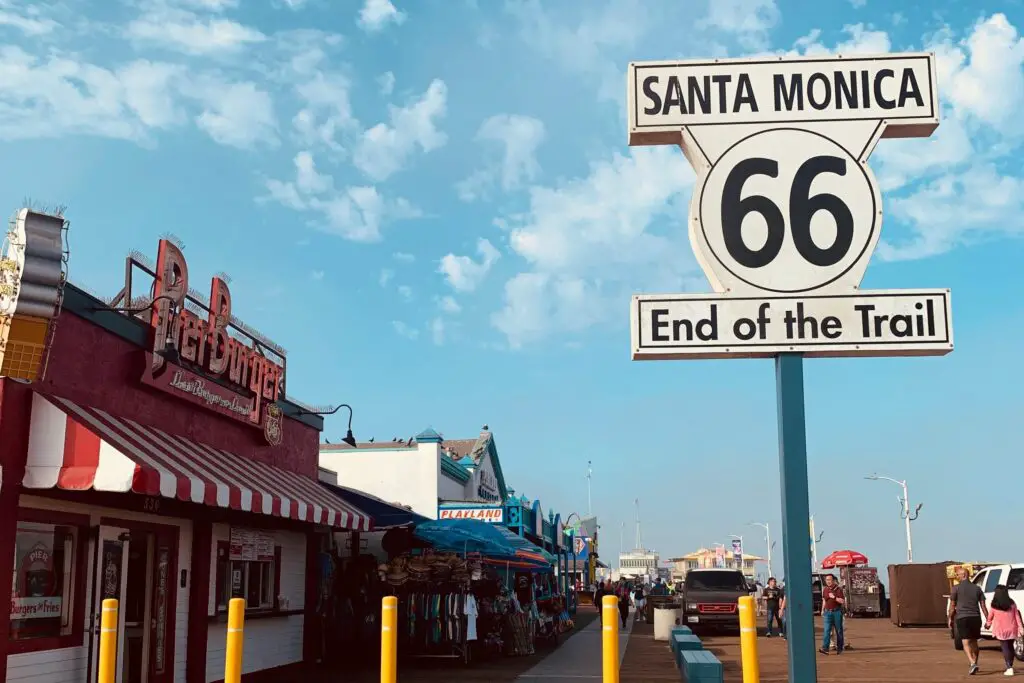
Route 66 was just one of many highways created in the 1920s. It happened to connect Chicago to Los Angeles, running through small towns and scenic landscapes. Over time, its quirky roadside stops and neon signs made it legendary. Travelers fell in love with its sense of adventure and freedom.
The funny thing is, Route 66 wasn’t even the most efficient road. But it became iconic thanks to songs, TV shows, and nostalgia. It symbolized the great American road trip in a way no planner could have predicted. Its fame was an accident of timing and culture colliding.
12. Salvation Mountain, California
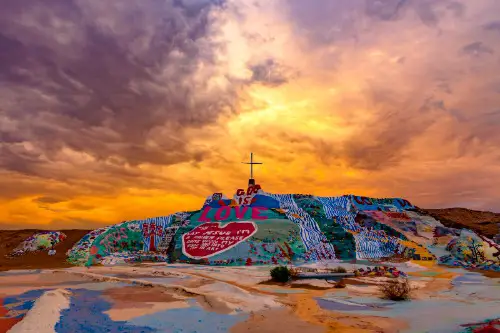
In the 1980s, a man named Leonard Knight started building a colorful, hand-painted mountain in the desert near Slab City. He originally wanted to spread a simple religious message, not create an attraction. But his vibrant artwork drew curious travelers. The site slowly turned into a folk art landmark.
Knight lived on-site and kept adding to the mountain for decades. Eventually, it became so well known that it appeared in films and music videos. What started as one man’s personal project became a piece of American outsider art. Today, Salvation Mountain stands as a testament to creativity born by accident.
13. Mystery Spot, California
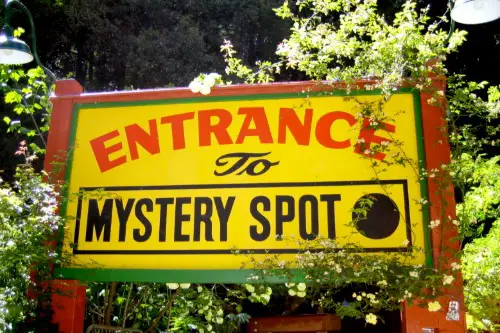
The Mystery Spot in Santa Cruz opened in 1940 after surveyors noticed odd tilts on the land. A cabin built on the site seemed to defy gravity, with balls rolling uphill and people appearing to shrink. Whether it was an optical illusion or magnetic anomaly didn’t matter—visitors were hooked. It quickly became one of California’s quirkiest attractions.
The place wasn’t meant to be a tourist hub. It just happened because of the strange way the land was shaped. Over the decades, word of mouth made it famous as a roadside oddity. The Mystery Spot became a legend by leaning into its weirdness.
14. Four Corners Monument

The Four Corners Monument marks the spot where Utah, Colorado, New Mexico, and Arizona meet. It’s the only place in the U.S. where four states touch. The marker was first placed by surveyors in the 1800s, and nobody thought it would attract much attention. But tourists loved the novelty of standing in four states at once.
Ironically, the marker isn’t even perfectly accurate due to early surveying errors. Still, the site remains wildly popular. Families stop just to snap photos with one limb in each state. It’s a famous landmark that was never supposed to be more than a border marker.
15. Carhenge, Nebraska
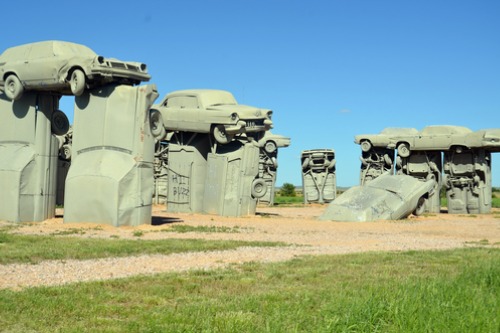
Carhenge was built in 1987 by a man who wanted to honor his father. He recreated England’s Stonehenge using 38 vintage cars painted gray. It was meant as a personal tribute, not a tourist stop. But soon, curious visitors started flocking to see it.
Over time, Carhenge gained national attention as one of America’s strangest monuments. It became a playful celebration of car culture in the middle of the plains. Local residents eventually embraced it as a symbol of their town. What started as one man’s idea became an accidental icon.
16. South of the Border, South Carolina
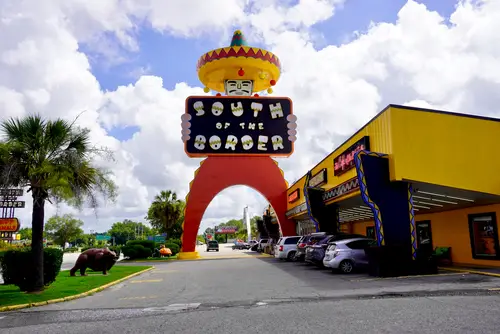
South of the Border began in the 1950s as a small beer stand just south of the North Carolina line. Because the state had stricter alcohol laws, travelers came there to buy drinks. The stand grew into a sprawling complex of restaurants, shops, and neon signs. Before long, it was one of the most recognizable roadside stops in America.
The fame was never really planned—it was a mix of clever billboards and location. Families on road trips couldn’t resist pulling over. Its kitschy vibe made it both loved and mocked. Yet, South of the Border is still standing, all thanks to an accidental niche.
This post 16 Places in America That Became Famous by Accident was first published on American Charm.


